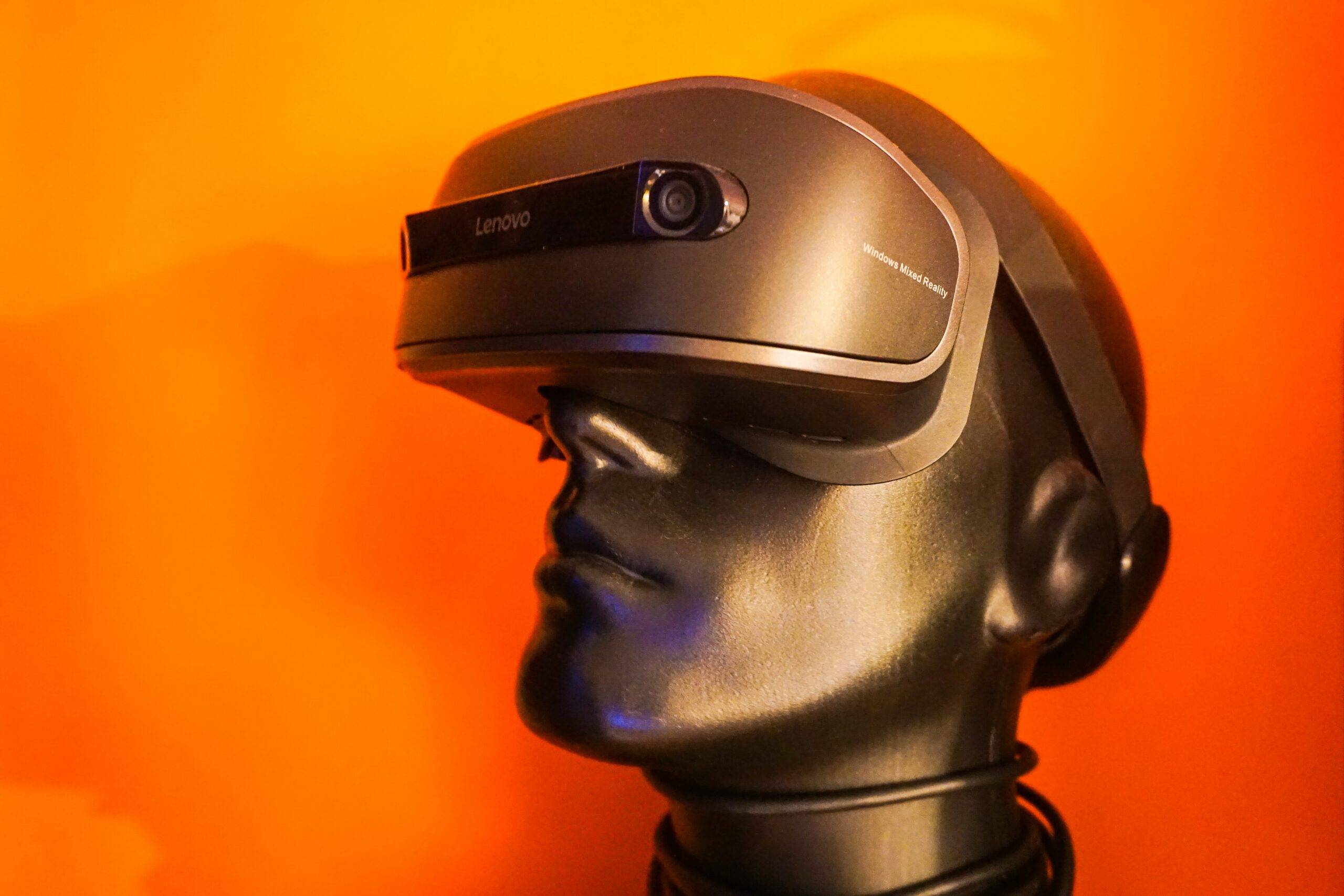The rapid advancements in artificial intelligence (AI) and machine vision technologies are revolutionizing industries across the globe. Traditional computer vision solutions have long been limited by their dependence on static images for analysis, but the increasing capabilities of Graphics Processing Units (GPUs) have opened up new possibilities by enabling video processing. This shift from image to video processing has unlocked a host of benefits, including the reduced need for “the perfect picture” and the ability to perform real-time analysis in dynamic environments. Moreover, the emergence of no-code platforms has empowered businesses to adopt machine vision solutions more easily, particularly in smart factories where customization and flexibility are paramount. In this blog post, we will delve into the exciting ways in which machine vision, powered by AI, is transforming automation, quality control, robotics, and various other applications, while also offering cost-effective alternatives to traditional computer vision systems.
Increase of GPU capabilities allow video processing instead of image processing
The exponential growth in GPU capabilities has been a game-changer for machine vision applications. Traditionally, computer vision algorithms relied on processing static images, which posed limitations in dynamic environments where real-time analysis is crucial. However, with the rise of powerful GPUs, video processing has become increasingly feasible. By harnessing the immense computational power of GPUs, machine vision systems can now analyze and extract valuable insights from video streams in real-time, providing a more comprehensive understanding of the visual data. This shift from image to video processing has opened up a range of exciting possibilities for automation, quality control, robotics, and other applications, enabling businesses to make more informed and timely decisions based on dynamic visual information.
Video processing allows less need for ‘’the perfect picture’’
One of the notable advantages of video processing in machine vision is its reduced reliance on capturing the perfect picture. Unlike traditional computer vision systems, which often require high-quality, well-composed images for accurate analysis, video processing can compensate for variations in lighting conditions, camera angles, and object movements. By analyzing a continuous stream of frames, machine vision algorithms can extract meaningful information and detect patterns over time, even if individual frames may be imperfect or contain noise. This capability enhances the robustness and adaptability of machine vision systems, making them more resilient to real-world scenarios where capturing a flawless image may be challenging or impractical. As a result, businesses can achieve more reliable and consistent performance in automation, quality control, and other applications, even in dynamic and unpredictable environments.
Use a no-code platform to be flexible in a smart factory as product lines need to be more and more altered and customized in a flexible way
In the era of smart factories, agility and flexibility are key to meeting the evolving demands of modern production lines. This is where the emergence of no-code platforms for machine vision brings a significant advantage. No-code platforms enable users, including non-technical personnel, to easily create and customize machine vision applications without the need for extensive coding knowledge or expertise. With drag-and-drop interfaces and intuitive workflows, businesses can adapt machine vision systems on the fly, accommodating changes in product lines and customization requirements with minimal downtime or disruption. This flexibility empowers manufacturers to swiftly implement and adjust machine vision solutions in smart factories, maximizing efficiency, productivity, and adaptability while reducing costs and time associated with traditional computer vision development.
Low entry cost compared to traditional computer vision solutions
One of the compelling advantages of platform-driven machine vision solutions is their relatively low entry cost compared to traditional computer vision systems. In the past, implementing computer vision technology required significant investment in specialized hardware, software licenses, and dedicated infrastructure. However, with the proliferation of AI and cloud computing, the barriers to entry have significantly lowered. Cloud-based machine vision platforms and services offer scalable solutions that eliminate the need for expensive on-premises hardware and infrastructure. Moreover, the availability of pre-trained models and open-source libraries reduces the development and training costs associated with building custom computer vision systems from scratch. This affordability enables businesses of all sizes to leverage the power of machine vision for automation, quality control, robotics, and various other applications, unlocking new possibilities and driving innovation across industries.
In conclusion, the convergence of AI and machine vision technologies is revolutionizing industries by enabling video processing, reducing the need for the perfect picture, offering flexible no-code platforms, and providing cost-effective solutions. The increased capabilities of GPUs have paved the way for real-time analysis in dynamic environments, while no-code platforms empower businesses to adapt machine vision systems to the changing demands of smart factories. Moreover, the lower entry cost of AI-driven machine vision solutions opens doors for businesses of all sizes to harness the transformative potential of automation, quality control, robotics, and beyond.
AI vision within minutes?
With our no-code platform you can just focus on your data, we’ll do the rest

